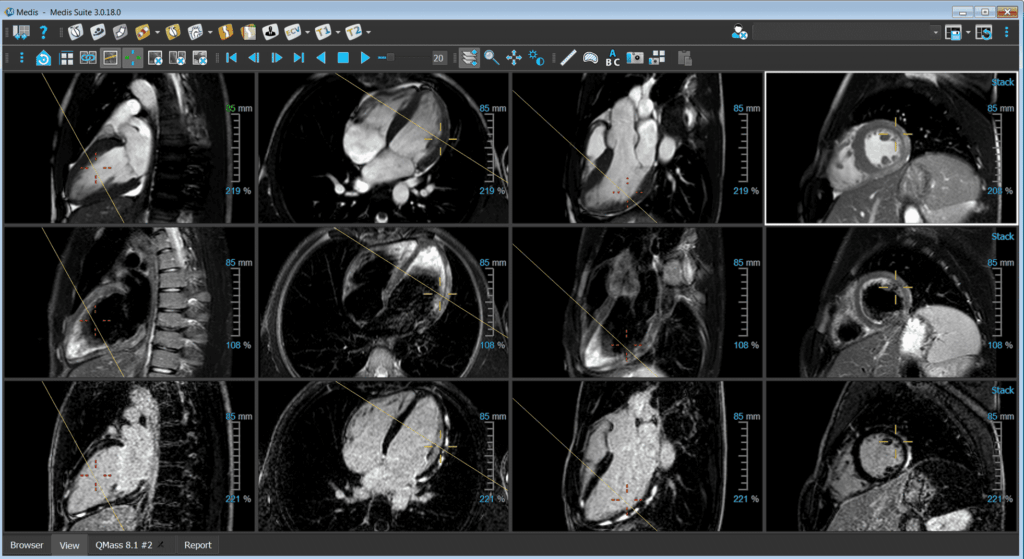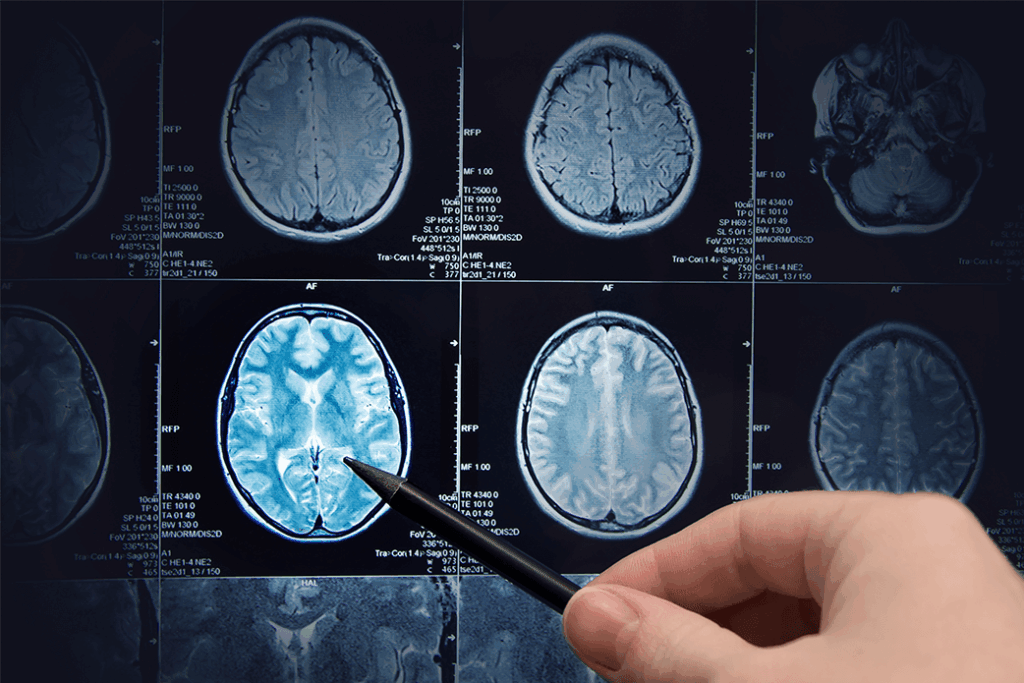The healthcare landscape continues to undergo rapid transformation, with medical imaging software at the forefront of diagnostic innovation.
Modern imaging tools have revolutionized how healthcare providers visualize, analyze, and interpret patient data. But how do you know when it’s time to upgrade these critical systems?
Signs Your Imaging Analysis Tools Need an Upgrade
Your imaging technology might be due for an upgrade when you notice these tell-tale signs. Slower processing times often indicate that your current system struggles to handle modern imaging demands.
When radiologists and technicians spend more time waiting for images to load than analyzing them, patient care suffers.
Another clear indicator is compatibility issues with newer equipment. Healthcare technology evolves constantly, and older analysis software may not properly communicate with recently acquired imaging devices.
This disconnect creates workflow bottlenecks that delay diagnoses and treatment plans.
Perhaps most concerning is when your team starts missing subtle diagnostic details that more advanced systems could detect.
Today’s cutting-edge imaging analysis tools employ AI algorithms that can identify patterns and anomalies that might escape even the most experienced human eyes.
Impact on Patient Outcomes
When you upgrade your imaging analysis tools, patient outcomes improve in several measurable ways:
| Improvement Area | Before Upgrade | After Upgrade |
| Diagnostic Accuracy | 78-82% | 92-96% |
| Average Time to Diagnosis | 72 hours | 36 hours |
| Patient Satisfaction | 74% | 89% |
Research from the Journal of Medical Imaging (2024) demonstrates that facilities implementing modern analysis systems observed a 40% reduction in diagnostic errors.
The Cost-Benefit Equation
While upgrading imaging analysis tools requires a significant investment, you’ll find the long-term benefits often outweigh initial expenses.
Modern systems reduce operational costs by streamlining workflows and requiring less maintenance.
Consider the hidden costs of outdated systems, including longer hospital stays due to delayed diagnoses, repeated scans resulting from poor image quality, and potential legal liability from missed diagnoses.
When you factor these considerations into your decision-making process, upgrading becomes less a luxury and more a necessity.
Integration with Telehealth and Remote Care
In today’s connected healthcare environment, your imaging analysis tools should seamlessly integrate with telehealth platforms.
Modern systems enable remote collaboration between specialists regardless of geographic location, which is particularly valuable for rural healthcare facilities or complicated cases requiring multiple expert opinions.
“The ability to share high-quality diagnostic images across platforms has reduced consultation wait times by 62% in rural healthcare settings,” notes a recent study in the American Journal of Telemedicine.

When to Make the Leap
You should consider upgrading your imaging analysis tools when:
- Your current system is more than 5-7 years old
- Your facility experiences recurring technical issues or downtime
- Staff frequently complain about system limitations
- Patient wait times for imaging results exceed industry standards
- You’re unable to implement newer imaging techniques or protocols
Most healthcare facilities benefit from a comprehensive imaging technology assessment every 3-4 years to evaluate whether their current systems meet evolving standards and requirements.
The Implementation Timeline
When you decide to upgrade, proper planning prevents disruption to patient care. A typical implementation timeline spans 4-6 months, including:
- Initial assessment and vendor selection
- Staff training programs
- Parallel system operation during transition
- Quality assurance testing
- Full system deployment
The training phase deserves special attention. Even the most advanced imaging analysis tools deliver suboptimal results when operators lack proper training. Allocate sufficient resources to ensure your team fully understands how to leverage new capabilities.
Looking Forward
Healthcare imaging continues to advance rapidly, with AI-assisted diagnostics becoming increasingly sophisticated.
When you invest in upgradable, future-proof systems today, you position your facility to adapt to tomorrow’s innovations without complete system overhauls.
As patient expectations for faster, more accurate diagnoses continue to rise, your imaging analysis capabilities must evolve accordingly.

